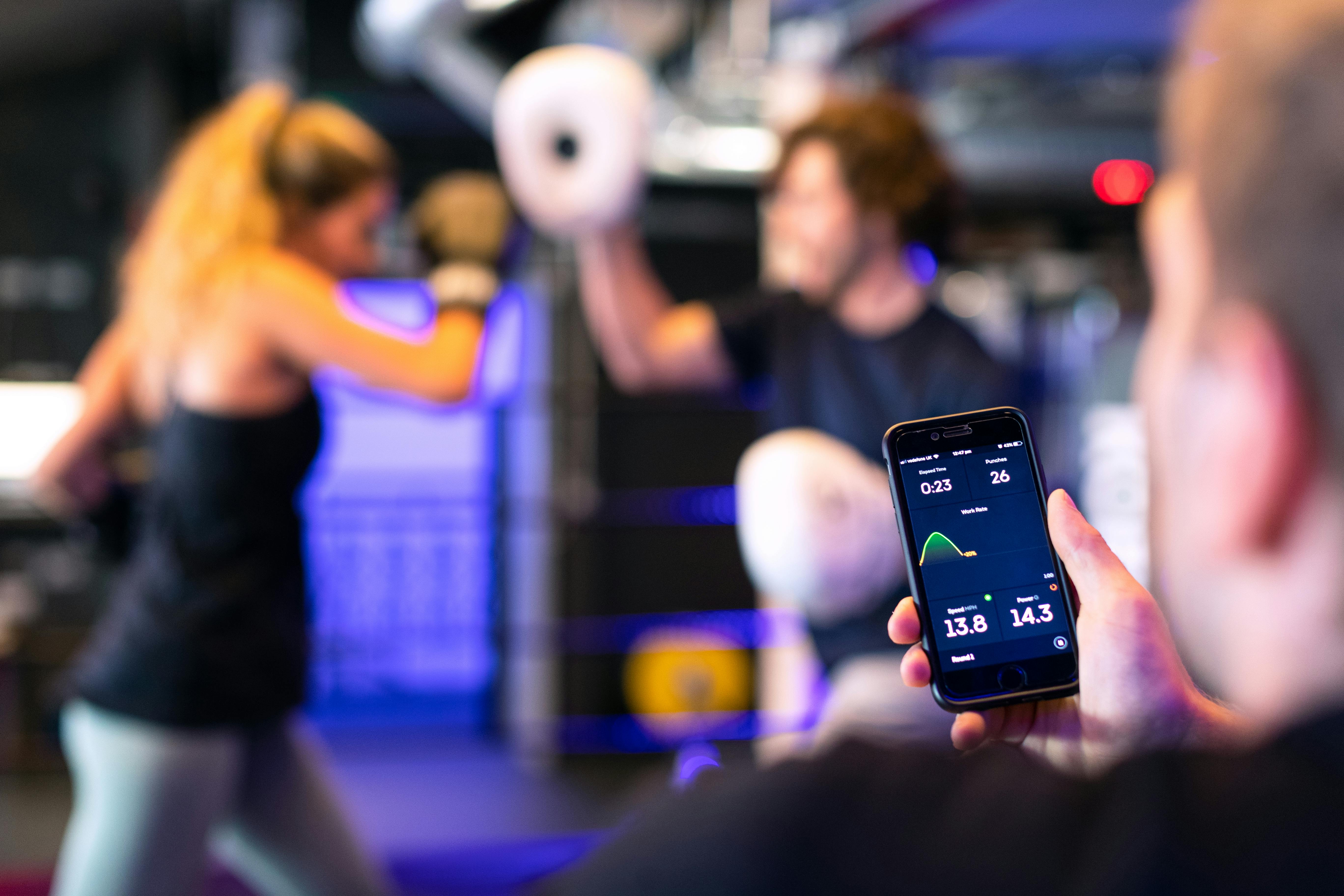The Science Behind Athletic Excellence
In modern sports, the difference between winning and losing is measured in milliseconds, millimeters, and micro-percentages. Behind every record-breaking performance and championship victory lies a foundation of cutting-edge sports science powered by artificial intelligence. AI has revolutionized how we understand, optimize, and predict athletic performance, transforming raw data into actionable insights that give athletes and teams a competitive edge.
This playbook explores the top 5 AI applications in sports science and player analytics, revealing how technology is reshaping athletic performance from the inside out.
Improvement in performance prediction accuracy
Faster injury recovery with AI-guided protocols
Reduction in injury rates through AI monitoring
Ready to optimize athletic performance?
Discover how AI-powered sports science can help your organization maximize player performance, prevent injuries, and gain a competitive edge.
Schedule a DemoKey Takeaways
- AI enables precise performance optimization beyond traditional methods
- Real-time biometric monitoring provides transparent health insights
- Personalized training protocols drive higher performance gains
- Automated injury prevention provides ready-to-use protocols
- Predictive analytics identify optimal training and recovery strategies
1. AI-Powered Performance Analytics
AI transforms raw athletic data into actionable performance insights, analyzing every movement, biometric signal, and environmental factor to optimize training and competition strategies.
Key Takeaway
AI moves beyond simple metrics to create comprehensive performance profiles, analyzing everything from biomechanics to physiological responses, enabling truly personalized training optimization.
Old Way vs. AI-Powered Analytics
| Old Way (Broad Targeting) | New Way (AI-Powered) |
|---|---|
| Old Method: Manual tracking of basic stats like speed and distance. | AI Method: Real-time analysis of biomechanics, heart rate variability, and movement patterns. |
| Insights: General training recommendations based on averages. | Insights: Personalized training protocols based on individual physiological responses and recovery patterns. |
Pro Tip
Use these precise performance profiles to create training protocols that are so customized they're impossible for athletes to ignore. Show them their exact physiological responses and optimal training windows.
2. Real-Time Biometric Monitoring
How hard is your athlete actually working? AI can now give you the answer, down to the heartbeat. It tracks every physiological signal and measures true performance capacity.
Key Takeaway
AI provides instant, transparent physiological data. Coaches can see the exact training load and recovery status in real-time, moving beyond subjective feelings to precise physiological breakdowns.
Comparison Table: Measuring Training Load
| Measurement Method | What it Measures | Accuracy |
|---|---|---|
| Traditional Method | Subjective RPE (Rate of Perceived Exertion) scale. | Low |
| AI Biometric Monitoring | Heart rate variability, oxygen saturation, lactate levels, and recovery markers. | High |
Pro Tip
Offer athletes a real-time dashboard so they can track their physiological responses during every training session. This kind of transparency builds trust and makes performance optimization collaborative.
3. AI-Driven Injury Prevention
Injury prevention is no longer just about rest days; it's about predictive science. AI enables coaches to prevent injuries before they happen by analyzing movement patterns and physiological signals.
Key Takeaway
AI personalizes injury prevention by analyzing biomechanical data, delivering training modifications and recovery protocols that are uniquely tailored to each athlete's risk profile.
Example: Predictive Injury Prevention
Scenario: An athlete, Alex, shows early signs of hamstring strain in movement patterns.
AI Action: The system detects asymmetrical loading patterns and reduced hip extension.
The Protocol: "Alex's training load is automatically reduced by 30% with targeted mobility work and specific hamstring strengthening exercises."
Pro Tip
Think beyond rest. Injury prevention can also include personalized warm-up protocols, technique modifications, and recovery monitoring based on each athlete's unique biomechanical profile.
4. AI-Optimized Recovery and Regeneration Protocols
Recovery used to be a one-size-fits-all approach with generic rest days and standard protocols. AI now creates personalized recovery strategies based on individual physiological responses, training load, and performance patterns.
Key Takeaway
AI personalizes recovery protocols by analyzing sleep patterns, heart rate variability, and training stress to optimize regeneration timing and methods for each athlete.
Example: Personalized Recovery Optimization
Scenario: Sarah, a distance runner, shows elevated HRV and decreased sleep quality after intense training blocks.
AI Action: The system detects recovery deficits and automatically adjusts her training schedule.
The Protocol: "Sarah's recovery protocol includes extended sleep targets, active recovery sessions, and modified training intensity based on her individual recovery markers."
Pro Tip
Use AI recovery data to create individualized regeneration schedules. The system can predict optimal recovery windows and adjust training loads to prevent overtraining while maximizing adaptation.
5. AI-Powered Performance Prediction
AI doesn't just analyze current performance—it predicts future potential. By analyzing training data and physiological trends, AI can forecast athletic performance and optimize training strategies.
Key Takeaway
AI uses performance data to predict athletic potential, showing which training methods will yield the greatest improvements and when athletes will peak.
Finding the Next Big Partner
Analyzing Performance Trends
AI sifts through data on training loads, recovery metrics, and performance indicators.
AI Identifies
It flags optimal training windows and recovery periods based on individual physiological patterns.
AI Predicts
The system can project peak performance timing and optimal training strategies for maximum results.
Pro Tip
Don't just look at traditional performance metrics. Use AI to find hidden performance indicators like neuromuscular efficiency and recovery capacity that reveal true athletic potential.
The Future is Performance-Driven
The era of intuitive, gut-feel training decisions is over. Thanks to AI, the entire process—from analyzing performance data to optimizing training protocols—is now a science. Sports organizations that embrace this technology will not only maximize athletic performance but also create healthier, more resilient athletes. For coaches and athletes, AI offers the clarity and confidence to make training decisions that truly work. The future of sports performance is not just about what happens on the field, but about how intelligently we use data to unlock human potential.
Key Takeaways for Implementation
Start Small
Begin with one AI application or monitoring system
Measure Everything
Track performance metrics from day one
Engage Stakeholders
Include athletes and coaches in the process
Scale Gradually
Expand applications as you see performance improvements
Ready to Transform Your Sports Business with AI?
Implementing AI in your sports marketing strategy doesn't have to be overwhelming. Our team of experts is here to help you identify the right opportunities and implement solutions that deliver real results.
Your information is secure. We'll never share your details.


